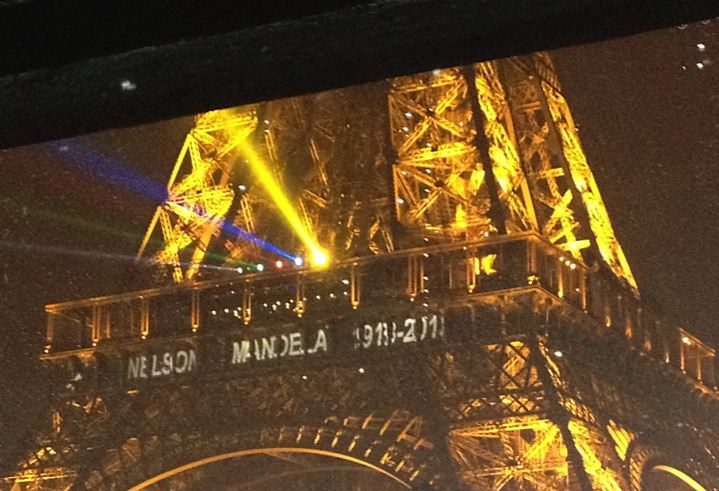
Is it really in doubt for anyone that we need to rethink the design of organizations?
The current organizing model was designed to solve a problem of manufacturing as the industrial age expanded in the late 19th and early 20th century, an age when reliable replication and efficiency was wanted. At the time the context was clear: the initial challenge was how to get people used to the rhythms of nature in fields and farms, be reliable adjuncts to machines as mills and factories began to be the dominant place of work. In solving that problem the basic building blocks of our current management thinking and practices were developed: hierarchy command and control mechanisms, standardization, conformance, specialized jobs, predictable outcomes, and so on… all recognizable features of our current organizations.
Over the decades of management thinking and practice we have done little more that add new dimensions to command and control 1.0. If we had succeeded in creating organizations fit for self-expressed human beings we would not have widespread employee disengagement. So clearly something is not working in organizations, something that exposes the flawed design.
Another hint at a flaw in the design is the pay disparities — the average CEO pay was $24.8 million in 2013, and the CEO-to-worker compensation ratio was 510.7-to-1, hardly a reflection of the relative value of worker/CEO contributions.
Then we have seen in recent years organizational cultures that breed corruption — beyond just a few bad apples to a culture of criminal wrongdoing. Most recently six banks have been collectively fined £2.6bn by UK and US regulators over their traders’ attempted manipulation of foreign exchange rates. And before that it was the LIBOR scandal, and before that… the list of organizational wrongdoing is staggeringly long.
If the purpose of a business is to maximize the power, authority and compensation of a few top members, while maximizing stock value and shareholder payouts, with minimal concern for its other stakeholders then we could argue the current design does that very well.
Clearly we need a model of organization that is fit for the future and fit for human beings. Fit for a future that will be changing at an every increasing pace, and fit for human beings so they will be willing to bring their creativity and passion to work with them for something more than efficient production and making money for shareholders and senior executives.
We cannot build an organization that is fit for the future if it is not fit for human beings.
Download Article











